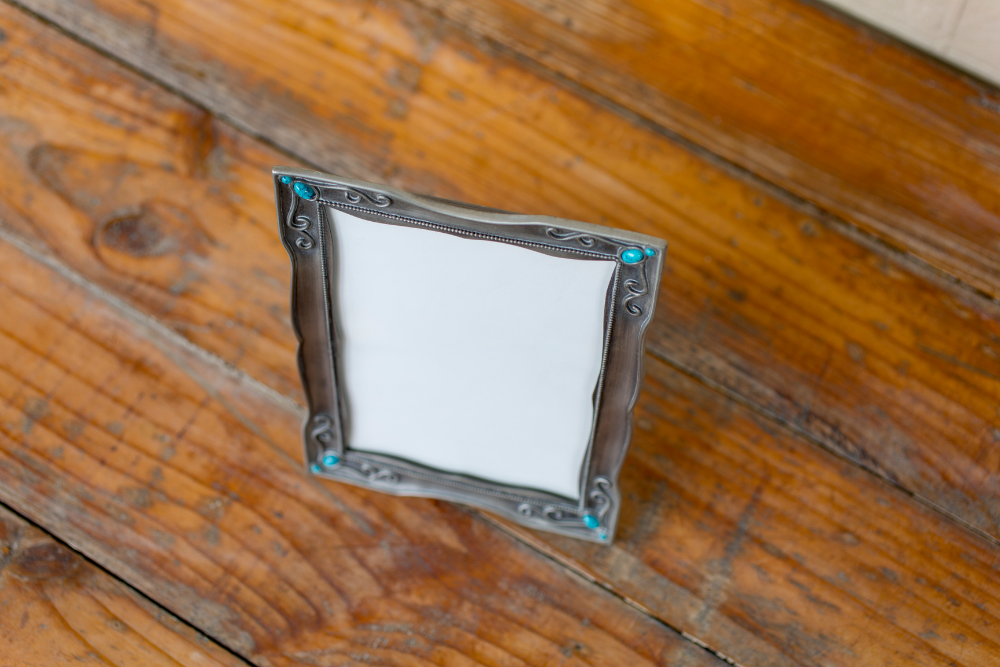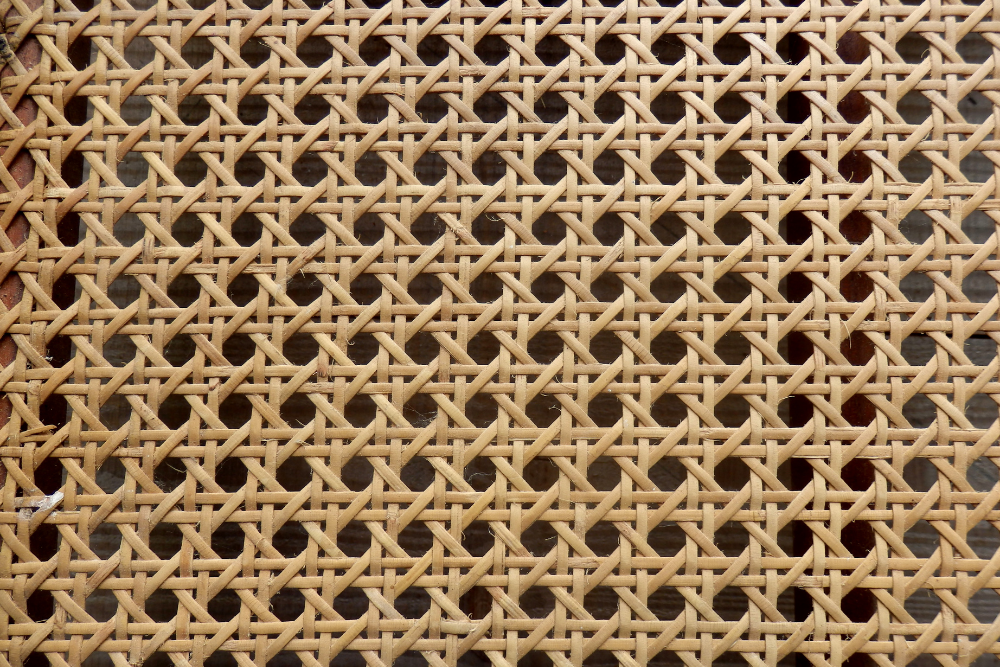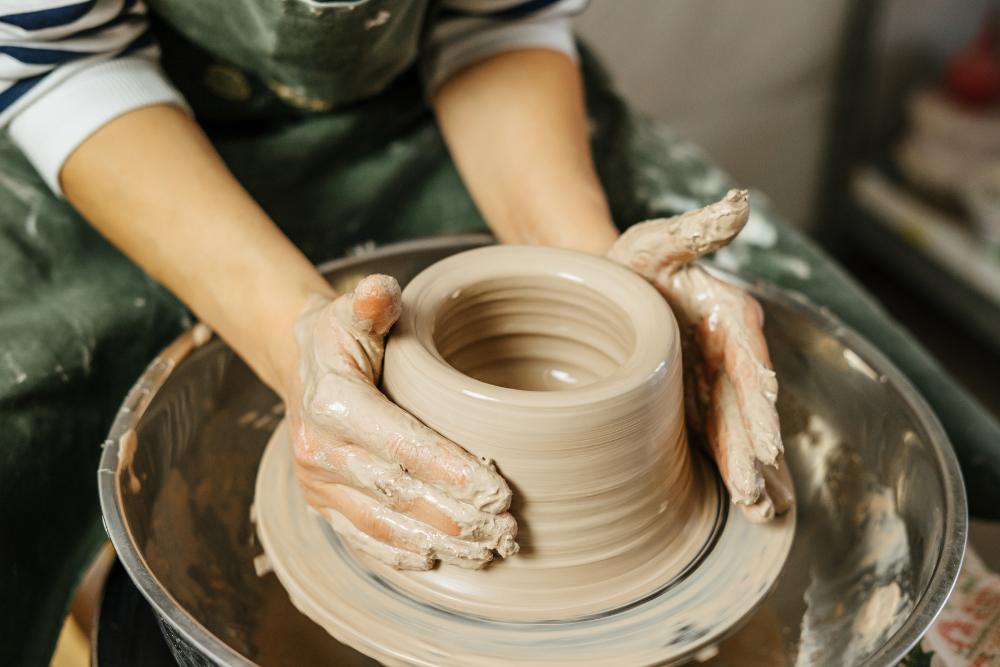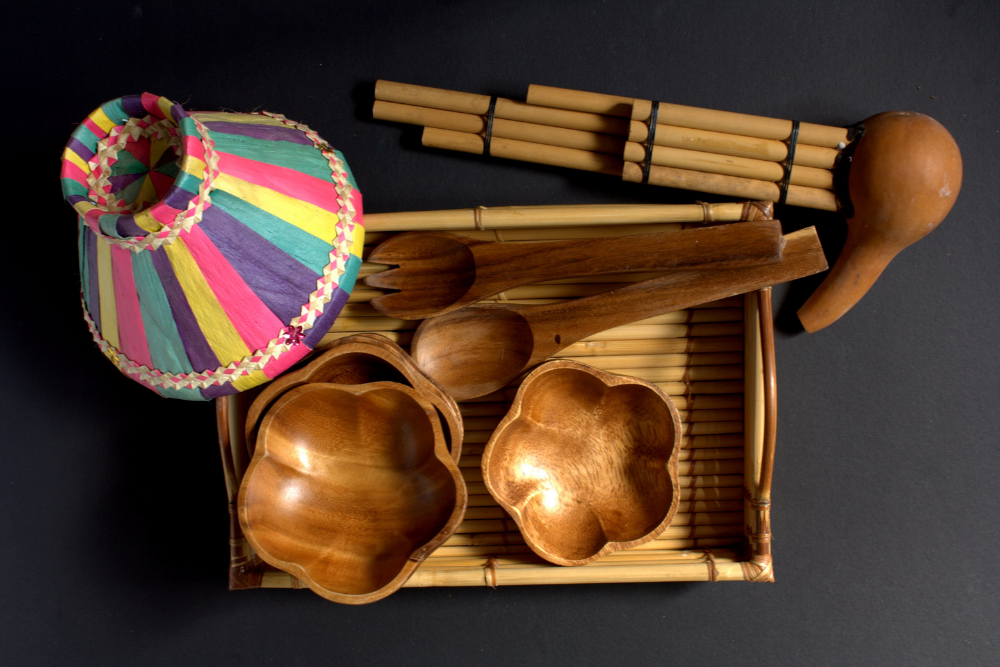Malaysia is a vibrant melting pot of cultures, traditions, and arts, which is reflected in its unique and diverse handicrafts. From intricately designed textiles and woven items to beautifully carved woodwork and pottery, the country’s local handicrafts are a testament to its rich heritage. These handcrafted goods are not only works of art but also carry with them centuries of cultural significance, making them a perfect souvenir or gift for anyone visiting Malaysia. Here’s an exploration of Malaysia’s most notable local handicrafts and where to buy them, so you can take home a piece of this fascinating cultural tapestry.
1. Batik
Batik is one of Malaysia’s most iconic handicrafts, known for its vibrant colors, intricate patterns, and elaborate techniques. It involves a traditional method of dyeing fabric by applying wax to the cloth before dyeing it, creating intricate designs that are often inspired by nature and cultural symbols.
Why It’s Special:
- Cultural Heritage: Batik has been an important part of Malay culture for centuries, and each region in Malaysia has its own unique style of batik, with influences from both Malay and Indonesian traditions.
- Variety of Uses: Batik is used for various items, including clothing, scarves, tablecloths, wall hangings, and even home decor.
Where to Buy:
- Kuala Lumpur: Visit Central Market (Pasar Seni) for a wide selection of batik clothing, accessories, and fabric. The nearby Jalan Masjid India also has many shops selling both traditional and modern batik designs.
- Kota Bharu, Kelantan: The northern state of Kelantan is known for its high-quality, traditional batik. Look for local shops in the city center where artisans create and sell their own designs.
- Malacca: The historic city of Malacca also has several boutiques and art galleries where you can find batik pieces with both traditional and contemporary flair.
2. Songket
Songket is a luxurious, handwoven fabric made from silk or cotton, with gold or silver thread woven into the fabric to create intricate patterns. The cloth is typically used for ceremonial purposes, including weddings and other special occasions. The design of the patterns, often inspired by nature and local motifs, varies from region to region, with some areas having specific designs associated with their culture.
Why It’s Special:
- Royal and Elegant: Traditionally worn by royalty and the elite, songket fabric is a symbol of wealth and status.
- Labor-Intensive Process: The process of weaving songket is highly skilled and labor-intensive, requiring an immense amount of patience and precision. It can take days or even weeks to complete a single piece.
Where to Buy:
- Kuala Lumpur: Chow Kit Market and Central Market both offer a wide variety of songket pieces, ranging from textiles to finished clothing and accessories.
- Pahang: The state of Pahang, particularly in Kuantan, is famous for producing high-quality songket textiles. Local craft centers and boutiques are good places to find authentic, handwoven songket.
- Kota Bharu, Kelantan: Known as the birthplace of songket, you can visit Kampung Sireh in Kelantan to find traditional songket weaving demonstrations and buy handwoven products directly from artisans.
3. Pewter Craft
Malaysia has a long tradition of pewter crafting, which dates back to the 1800s. Pewter is an alloy made primarily from tin and is used to create a variety of items, from jewelry to decorative pieces and tableware. Royal Selangor, one of the most famous pewter manufacturers in the world, is based in Malaysia and produces stunning, high-quality pewter products.
Why It’s Special:
- Royal Selangor: Known for its craftsmanship, Royal Selangor pewter products are not only exquisite but are also highly regarded globally.
- Variety of Products: Pewter is used to create everything from ornate teapots to jewelry, home decor, and souvenir items.
Where to Buy:
- Royal Selangor Visitor Centre (Kuala Lumpur): This is the best place to see the pewter-making process firsthand and purchase unique pewter products. You can also find limited edition pieces and customized products.
- Central Market (Kuala Lumpur): Several shops at Central Market offer pewter items, including affordable pieces perfect for souvenirs.
- Penang: Visit George Town’s local handicraft shops to find pewter jewelry and decorative items inspired by Malaysian heritage.
4. Wood Carvings
Wood carving is another long-standing tradition in Malaysia, particularly in the states of Sarawak and Sabah on the island of Borneo. Skilled artisans create intricate wood carvings that are used for decorative pieces, household items, and even ceremonial masks. The designs often feature local wildlife, tribal motifs, and nature-inspired patterns.
Why It’s Special:
- Cultural Significance: Wood carvings are deeply ingrained in the indigenous cultures of Borneo, where they are used for rituals, ceremonies, and daily life.
- Handcrafted: Each piece of wood carving is handmade, with unique patterns and designs reflecting the individual style of the artist.
Where to Buy:
- Sarawak: Visit the Sarawak Cultural Village in Kuching for traditional wood carvings and handicrafts, as well as a glimpse into the state’s indigenous cultures.
- Kota Kinabalu, Sabah: In Kota Kinabalu, you’ll find plenty of markets and stores, including the Handicraft Market, where you can purchase hand-carved wooden items, such as sculptures, masks, and home decor.
5. Rattan Weaving
Rattan weaving is a popular traditional craft in Malaysia, particularly in Sarawak and Pahang. Artisans weave rattan, a flexible vine, into furniture, baskets, bags, mats, and other household items. The lightweight and durable nature of rattan makes it a popular choice for creating functional yet stylish pieces.
Why It’s Special:
- Sustainable Craft: Rattan is an eco-friendly material, as it’s naturally abundant in Malaysia’s rainforests and is harvested without damaging the environment.
- Versatile Uses: Rattan can be crafted into a wide range of products, from simple baskets to elaborate furniture and accessories.
Where to Buy:
- Central Market (Kuala Lumpur): Look for a variety of rattan bags, baskets, and home decor at the many craft stalls in this iconic market.
- Kuching, Sarawak: Visit the Sarawak Cultural Village or local markets to find authentic rattan woven items, including beautifully crafted baskets, mats, and furniture.
- Pahang: The village of Kuala Lipis in Pahang is known for its traditional rattan weaving, and you can find artisans creating unique pieces here.
6. Pottery
Malaysia’s pottery traditions are rich, with various regions having their own distinctive styles. The Kuala Lumpur area, Perak, and Kelantan all have renowned pottery centers where artisans create beautiful, handmade ceramic products, including pots, vases, plates, and bowls. The pottery is often intricately painted or glazed with traditional designs.
Why It’s Special:
- Local Techniques: Malaysian pottery is often created using traditional methods passed down through generations, ensuring authenticity in every piece.
- Functional and Beautiful: Many pottery items are not only decorative but also serve functional purposes, making them excellent souvenirs or gifts.
Where to Buy:
- Kuala Lumpur: Central Market and Jalan Masjid India have several stores selling traditional and contemporary pottery items.
- Perak: Visit the town of Kuala Kangsar in Perak, known for its traditional pottery workshops where visitors can watch the artists in action.
- Kelantan: Known for its unique “Kota Bharu” pottery, you can find beautiful ceramic items at local markets.
Conclusion
Malaysia’s local handicrafts are more than just beautiful pieces of art; they tell the story of the country’s diverse cultural influences, from Malay to Chinese, Indian, and indigenous traditions. Whether you’re looking for a traditional batik scarf, a handcrafted pewter mug, or a hand-carved wooden mask, Malaysia offers a wide array of authentic, unique products that reflect the rich heritage of the country. When visiting Malaysia, take time to explore the local markets, craft villages, and art centers to find these beautiful handicrafts and support local artisans.












